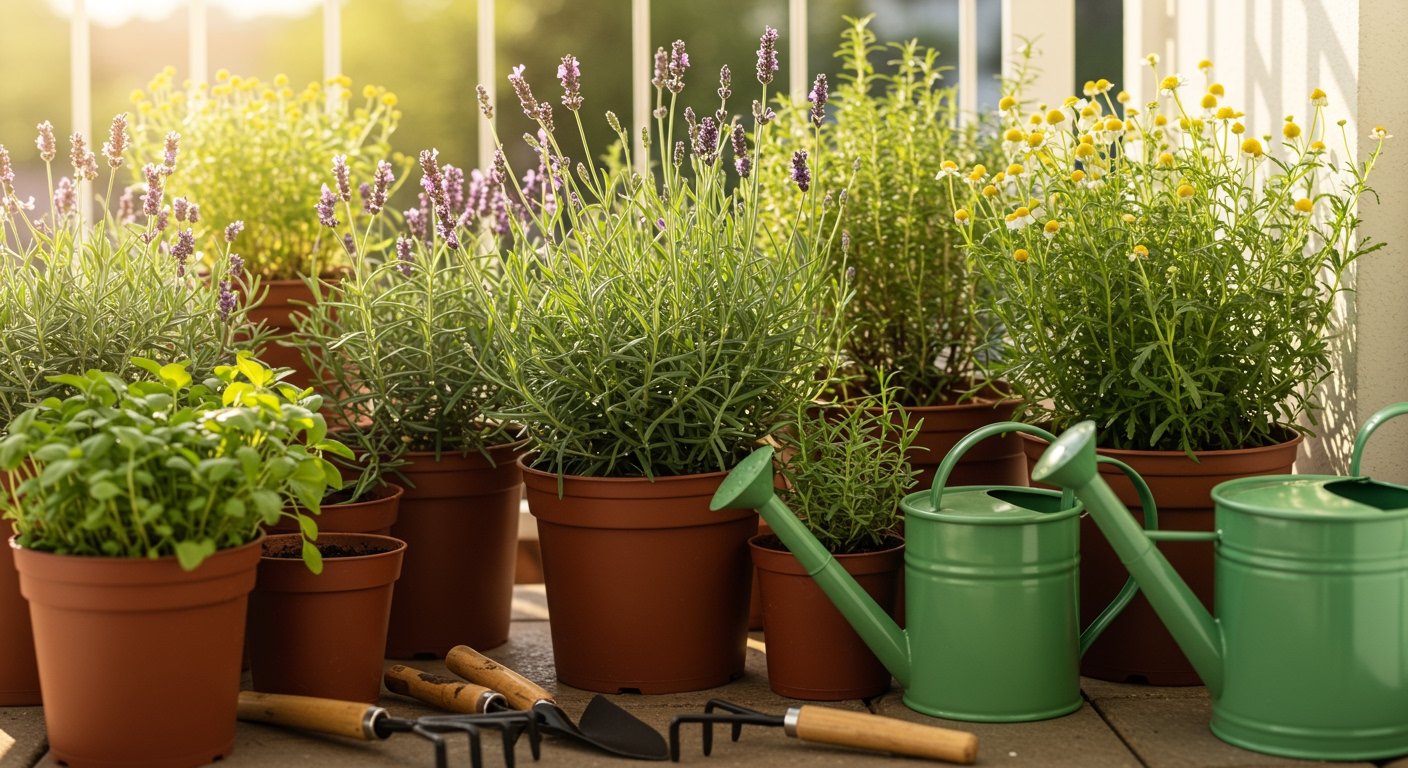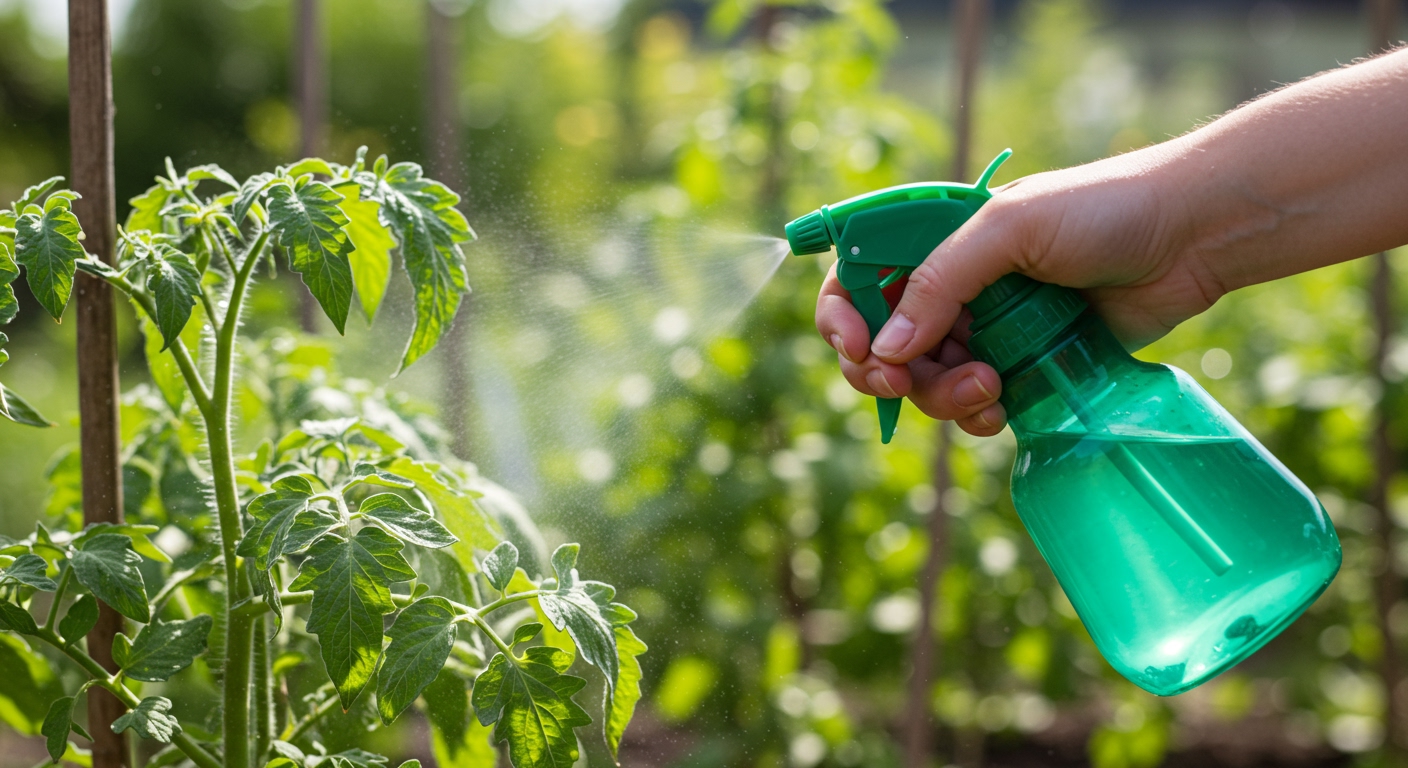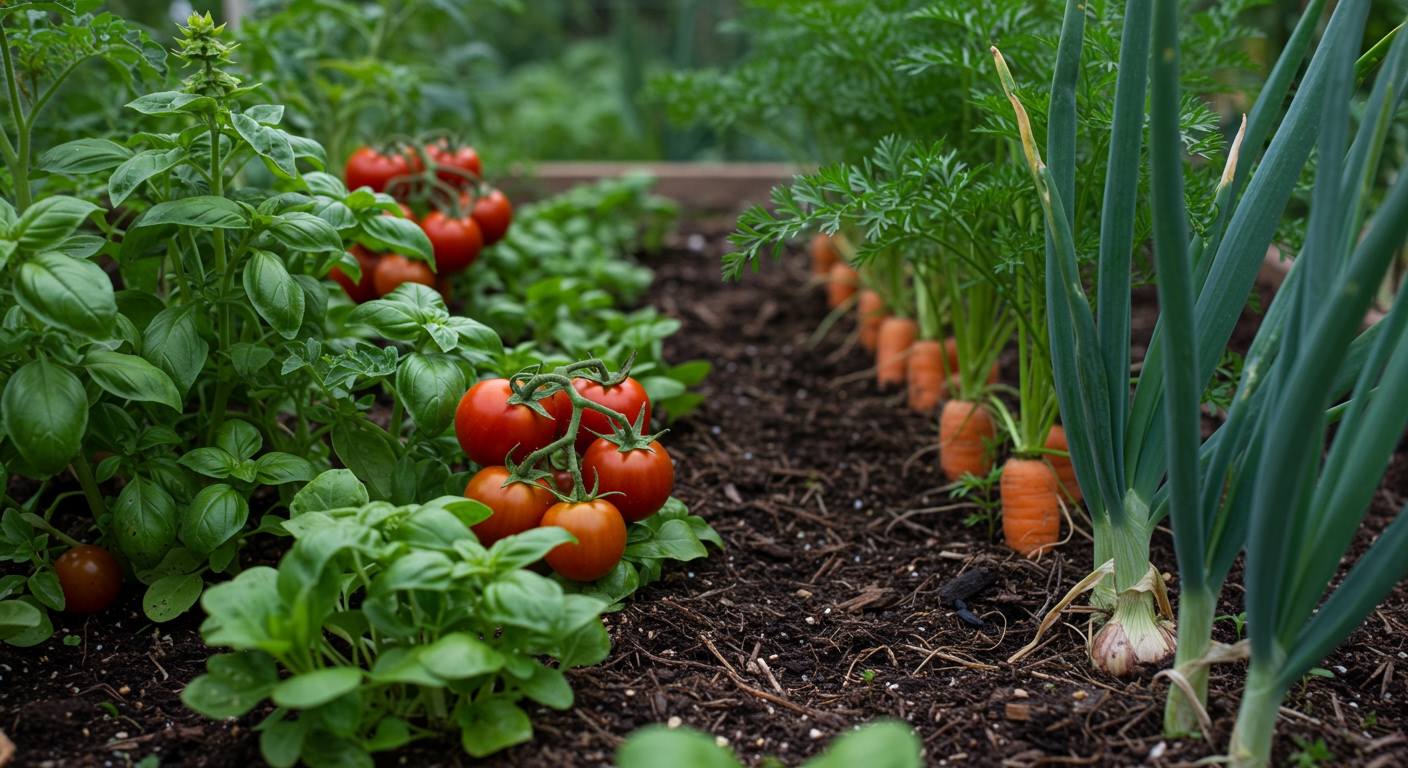True lilies, with their exquisite beauty and diverse forms, can transform any garden into a vibrant oasis. But with so many varieties, how do you pick the perfect ones for your landscape? This guide will demystify the world of true lilies (Lilium genus), distinguishing them from other ‘lilies’ and exploring the best types for various landscaping needs. We’ll cover their unique characteristics, ideal growing conditions, and practical tips for stunning displays. Understanding the difference between true lilies and daylilies is crucial for successful landscaping.
1. What Are True Lilies? Understanding the Lilium Genus
1.1. True Lilies vs. Daylilies: Key Differences
It’s common for gardeners to confuse true lilies (plants belonging to the Lilium genus) with daylilies (Hemerocallis). The distinction is crucial for proper care and landscaping decisions. True lilies grow from scaly bulbs and feature leaves arranged along a central, upright stem. Their individual, often dramatic, blooms typically last a week or more, providing a sustained display of color and often fragrance. Many true lily varieties are also excellent as long-lasting cut flowers [1]. In contrast, daylilies grow from tuberous roots, producing grassy foliage that emerges directly from the base of the plant. Each individual daylily flower lasts only one day, though a single plant can produce many blooms over its season. Another critical difference, especially for pet owners, is that true lilies are highly toxic to cats, whereas daylilies are generally considered non-toxic [2].
1.2. General Characteristics of True Lilies
True lilies are beloved perennial plants, returning year after year from their underground bulbs. They are renowned for their striking six-petaled flowers, which come in an astonishing array of colors, including vibrant reds, sunny yellows, soft pinks, pure whites, and deep oranges, often with intricate spotting or contrasting throats. Their bloom times vary significantly among types, allowing gardeners to enjoy lily flowers from late spring through late summer. This diversity makes them incredibly versatile for adding vertical interest, color, and sometimes exquisite fragrance to garden beds and containers alike [3].
2. Popular Types of True Lilies for Landscaping
2.1. Asiatic Lilies: The Easy-Care, Vibrant Choice
Asiatic lilies are often the first choice for beginner gardeners due to their robust nature and early bloom time, typically in late spring to early summer. These lilies are known for their vibrant, often unscented flowers that can face upwards, outwards, or downwards, presenting a wide spectrum of bright colors including red, orange, yellow, pink, and white. They are generally shorter than other lily types, making them perfect for the front of borders, mass plantings, or container gardening. Their adaptability and dazzling display make them a garden staple. Popular cultivars include ‘Tango’ series with speckled throats and many solid color varieties.

2.2. Oriental Lilies: Fragrance and Drama
If you crave intense fragrance and dramatic, large blooms, Oriental lilies are your answer. These late-summer bloomers are celebrated for their intoxicating perfume and showy flowers, often in shades of pink, red, white, or yellow, frequently with contrasting stripes or speckles. Due to their impressive height and large flowers, they often require staking to prevent them from toppling over, especially in windy conditions. Oriental lilies prefer rich, well-drained soil and can be a stunning focal point in any garden. Iconic varieties like ‘Stargazer’ (pink with crimson speckles) and ‘Casa Blanca’ (pure white) are widely popular for their breathtaking beauty and strong scent.
2.3. Trumpet/Aurelian Hybrid Lilies: Towering Fragrance
Blooming in mid-summer, Trumpet and Aurelian Hybrid lilies are true giants of the garden. Characterized by their tall stature and large, trumpet-shaped flowers, these lilies emit an incredibly intense, sweet fragrance that can perfume an entire garden. They often produce numerous blooms per stalk, creating a magnificent display. Their impressive height means they frequently benefit from staking to support their heavy flower loads. These lilies are perfect for adding vertical drama to the back of borders or as striking specimen plants.
2.4. Orienpet Lilies (OT Hybrids): The Best of Both Worlds
Orienpet lilies, also known as OT Hybrids, are a marvel of plant breeding, combining the best characteristics of Oriental and Trumpet lilies. They offer the large, often fragrant blooms of Orientals with the sturdy, tall habit and broader hardiness of Trumpets. Blooming from mid to late summer, Orienpets are robust, vigorous growers that produce an abundance of spectacular flowers. Their resilience and combined beauty make them an excellent choice for gardeners seeking both impact and reliability.

2.5. Martagon Lilies (Turk’s Cap Lilies): Shade-Tolerant Elegance
For gardeners with partial shade, Martagon lilies, also known as Turk’s Cap lilies, offer a unique and elegant solution. These distinctive lilies feature recurved, downward-facing petals that resemble a Turk’s cap, often in speckled shades of pink, purple, white, or yellow. They bloom earlier than many other lily types, typically in May or June, and are perfectly suited for woodland gardens or dappled shade areas. While they can be slow to establish, once settled, Martagons are long-lived and will naturalize, creating charming colonies over time [4].
2.6. Other Notable True Lily Varieties (Brief Mentions)
Beyond the major groups, other true lily varieties offer specific attractions. LA Hybrid Lilies, a cross between Asiatic and Longiflorum lilies, are known for their durability, a wide color range, and a light, pleasing fragrance. Species lilies like the stunning Regal Lily (Lilium regale) are famous for their pure white, trumpet-shaped, intensely fragrant flowers, while the classic Madonna Lily (Lilium candidum) stands out with its pure white, bowl-shaped, fragrant blooms and preference for alkaline soil.
3. Choosing the Right True Lilies for Your Garden
3.1. Consider Your Climate: USDA Hardiness Zones
The first step in selecting true lilies is understanding your USDA Hardiness Zone. Each lily variety has a specific hardiness range, indicating the coldest temperatures it can tolerate and still thrive. Choosing lilies suited to your zone ensures they will survive winter and return reliably each year. Most true lilies are hardy in zones 4-9, but specific varieties may have narrower ranges.
3.2. Light Requirements: Sun vs. Partial Shade
Most true lilies flourish in full sun, meaning at least 6-8 hours of direct sunlight per day. However, some varieties, particularly Martagon lilies, are more tolerant of partial shade. A common gardening tip for lilies is to provide ‘cool feet,’ meaning the roots prefer to be shaded by companion plants or mulch, while the tops bask in the sun. This helps keep the soil moist and cool.
3.3. Soil Matters: Drainage, pH, and Nutrients
Excellent drainage is paramount for true lilies, as their bulbs are highly susceptible to rot in waterlogged soil. Amend heavy clay soils with plenty of organic matter, such as compost or well-rotted manure, to improve drainage and provide essential nutrients. Most lilies prefer a slightly acidic to neutral soil pH (6.0-7.0), though a few, like the Madonna lily, prefer alkaline conditions. A soil test can help you determine your garden’s pH and nutrient levels.
3.4. Desired Characteristics: Fragrance, Height, Color, Bloom Time
Your personal preferences play a huge role in lily selection. Do you want intense fragrance? Orientals, Trumpets, and Orienpets are excellent choices. For unscented, vibrant color, Asiatics are ideal. Consider height: shorter varieties work well in containers or front borders, while taller types like Trumpets and Orienpets create stunning backdrops. Finally, plan for continuous color by staggering bloom times. Plant early-blooming Asiatics, mid-season Trumpets, and late-season Orientals for a succession of lily beauty throughout the summer.
4. Landscaping Ideas with True Lilies
4.1. Borders and Mass Plantings
True lilies are exceptional for creating striking borders and mass plantings. Plant taller varieties towards the back of perennial beds to add dramatic height and visual interest. Grouping several bulbs of the same variety together creates impactful drifts of color that truly stand out in the landscape. Their upright growth habit makes them excellent companions for bushier perennials and annuals.

4.2. Container Gardening
Many true lily varieties, especially shorter Asiatics and some dwarf Orientals, thrive in containers. Growing lilies in pots allows you to move them to ideal sun conditions, protect them from pests, or bring their fragrance closer to patios and seating areas. Ensure pots have excellent drainage holes and use a high-quality potting mix. Larger pots are generally better to accommodate root growth and prevent frequent watering.
4.3. Cut Flower Gardens
True lilies are among the most prized cut flowers, bringing elegance and often delightful fragrance indoors. Many varieties, including Asiatics, Orientals, Trumpets, and Orienpets, offer long vase life. When harvesting for cut flowers, cut the stem when the lowest bud is just beginning to open, leaving at least one-third of the stem and foliage on the plant to ensure the bulb can replenish energy for future blooms [5]. Remove pollen anthers to prevent staining hands, clothes, or furniture.
4.4. Woodland and Shade Gardens (Martagons)
For those challenging partial shade areas, Martagon lilies are an exquisite choice. Their unique Turk’s Cap flowers and ability to tolerate less sun make them ideal for woodland gardens, under deciduous trees, or in other dappled light conditions. Pair them with other shade-loving perennials like hostas, ferns, or bleeding hearts for a serene and elegant display.
5. Planting and Care Essentials for True Lilies
5.1. When and How to Plant Lily Bulbs
True lily bulbs are best planted in the fall, about 4-6 weeks before the ground freezes, or in early spring once the soil is workable. Plant bulbs 2-3 times their height deep, ensuring the pointy side faces upwards. Space bulbs 6-12 inches apart, depending on the mature size of the variety, to allow for good air circulation and growth. Dig a hole, loosen the soil at the bottom, and place the bulb gently before backfilling with enriched soil.
5.2. Watering and Fertilizing
Lilies require consistent moisture, especially during their active growth and blooming periods. Water deeply when the top inch of soil feels dry, but avoid overwatering, which can lead to bulb rot. Once established, lilies are not heavy feeders. Amending the soil with compost annually in spring is often sufficient, but a balanced, slow-release fertilizer can be applied if your soil is poor.
5.3. Ongoing Maintenance: Deadheading and Staking
Deadhead spent lily blooms by snapping or cutting off the individual flower heads to prevent seed formation, which diverts energy from the bulb. Allow the foliage to remain on the plant after flowering until it yellows and dies back naturally. This crucial process allows the bulb to store energy for the following year’s blooms. Taller varieties, particularly Trumpets and many Orientals, may require staking to support their heavy flower heads and prevent them from falling over. Remove pollen anthers as flowers open to prevent unsightly orange stains.

5.4. Pests and Diseases
While generally robust, true lilies can be susceptible to a few pests and diseases. The most notable pest is the scarlet lily beetle, which can defoliate plants rapidly. Hand-picking adult beetles and larvae is an effective organic control. Good air circulation and well-drained soil help prevent fungal diseases like botrytis.
5.5. Important Caution: Lily Toxicity to Cats
A critical warning for cat owners: all parts of true lilies (Lilium genus) are highly toxic to cats. Even small ingestions of leaves, flowers, pollen, or water from a lily vase can cause acute kidney failure and be fatal. If you have cats, it is strongly advised to avoid planting true lilies or keep them strictly out of reach indoors. Seek immediate veterinary attention if you suspect your cat has ingested any part of a lily.
Conclusion
True lilies offer an unparalleled range of beauty, fragrance, and diversity, making them an exceptional choice for enhancing any landscape. By understanding the unique characteristics of different lily types, considering your garden’s specific conditions, and providing proper planting and care, you can ensure a spectacular display. From the easy-care vibrancy of Asiatics to the dramatic fragrance of Orientals and the shade-tolerant elegance of Martagons, there’s a perfect lily for every gardener and every garden space. With careful selection and a little attention, true lilies can provide spectacular, long-lasting beauty and fragrance to any garden, year after year.



